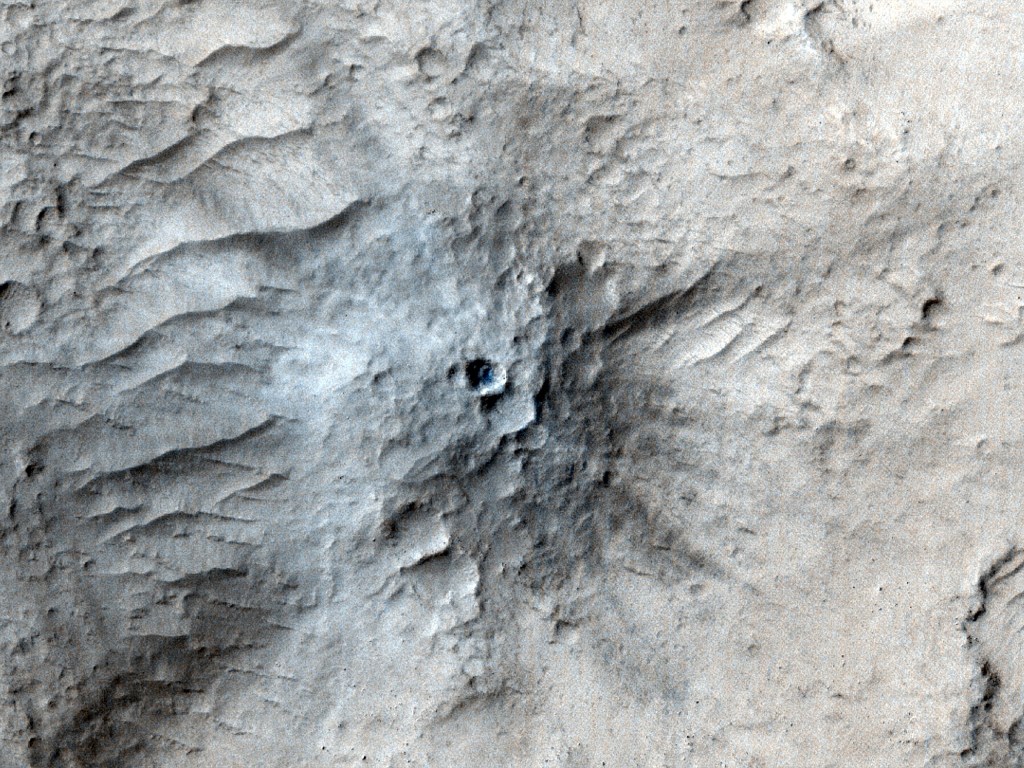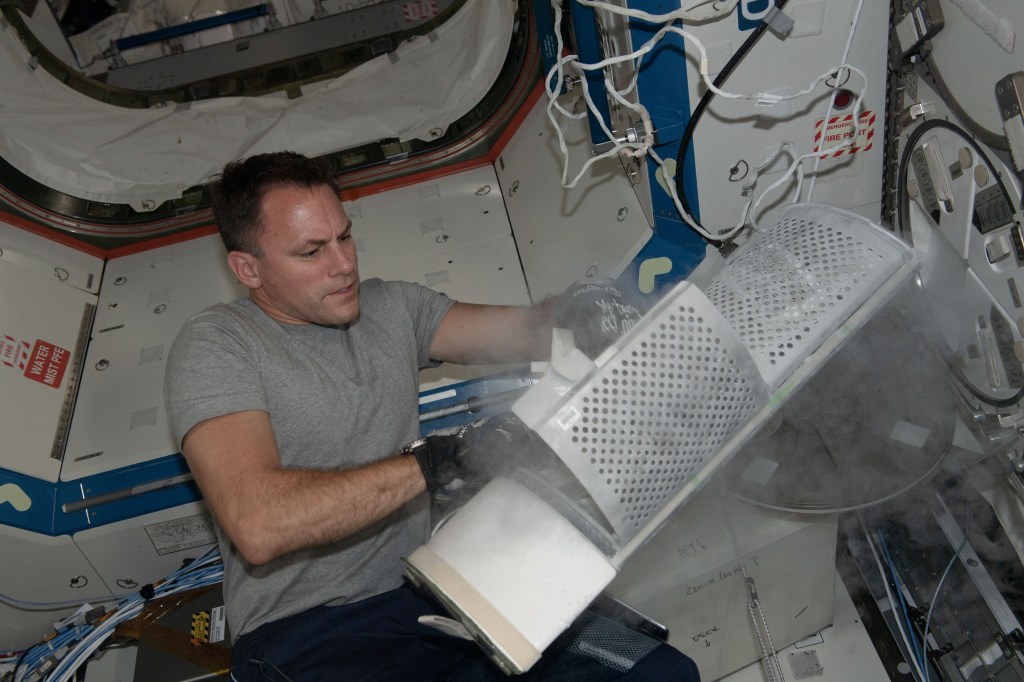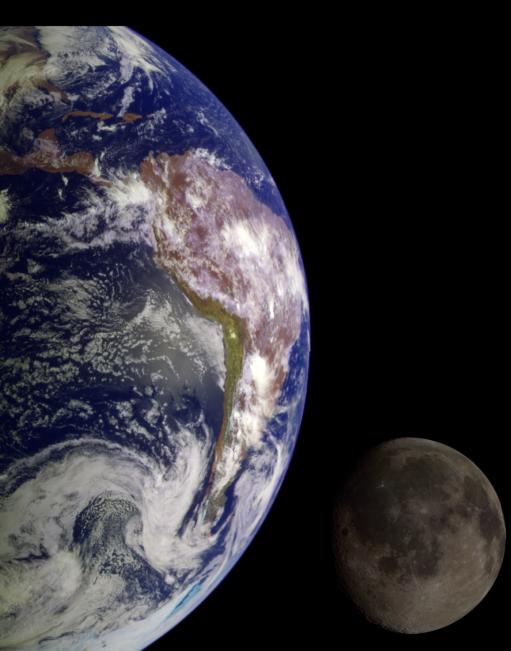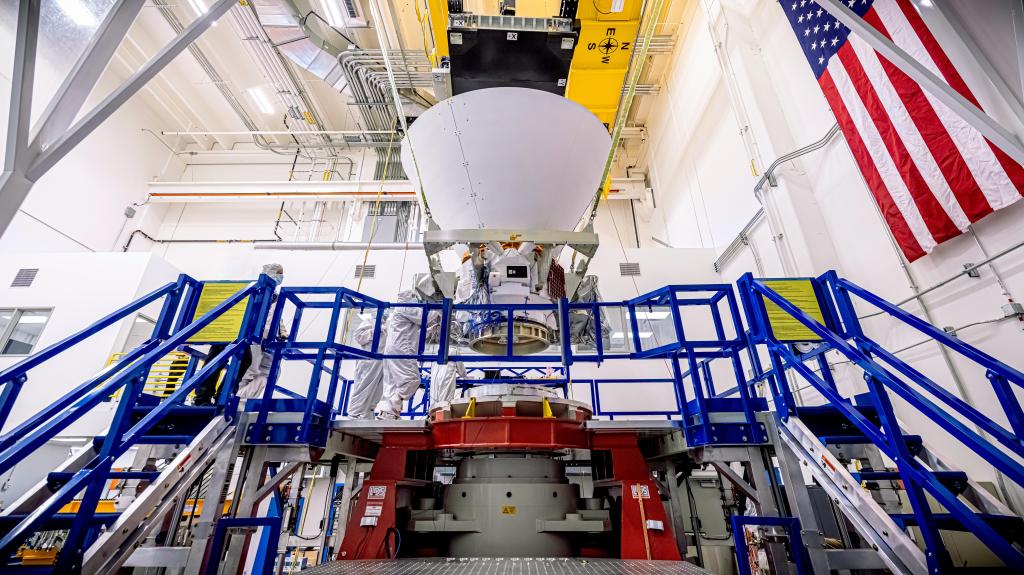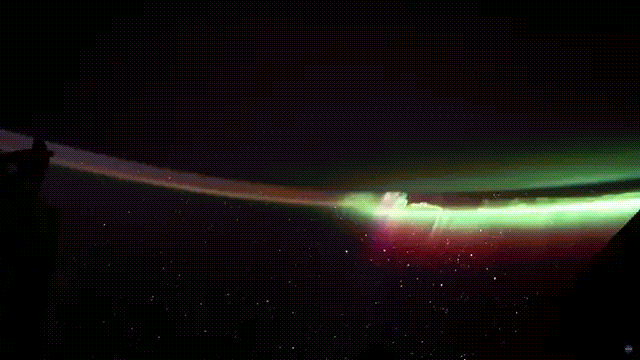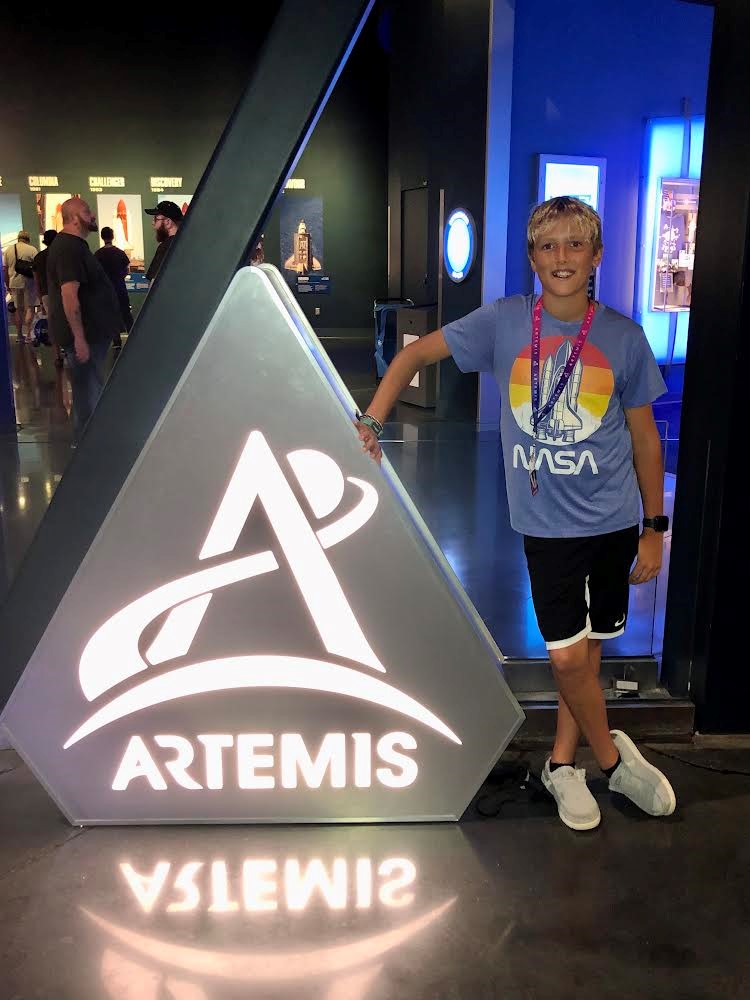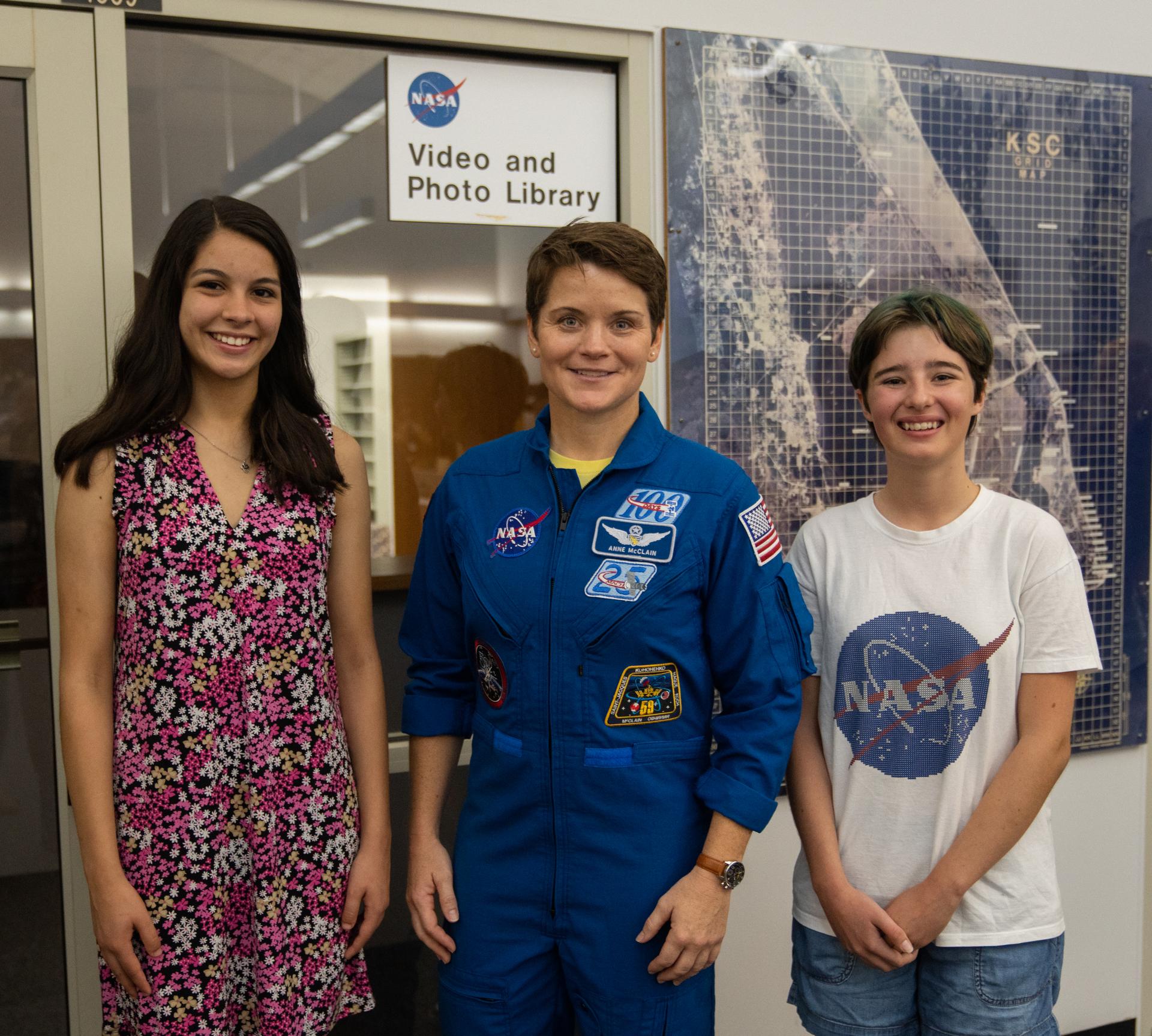
By Jim Cawley
NASA’s Kennedy Space Center
Winning essays resulted in the trip of a lifetime for a group of young space enthusiasts from different parts of the country. Amanda Gutierrez, an 11th-grader from Lincoln, Nebraska, Taia Saurer, an eighth-grader from Laguna Beach, California, and Austin Pritts, a sixth-grader from Wolcott, Indiana, were selected in 2021 as winners of the Artemis Moon Pod Essay Contest.
The grand prize: a trip with their families to NASA’s Kennedy Space Center in Florida, which coincided with the first targeted launch date of the agency’s Space Launch System rocket and Orion spacecraft for the Artemis I mission. Though the rocket did not launch on its first attempt from Kennedy, the essay winners participated in several other activities, including media interviews, tours of various sites throughout America’s multiuser spaceport, and a visit to the Kennedy Space Center Visitor Complex. Amanda and Taia also were able to meet and interact with a group of NASA astronauts.
“This experience has been one in a lifetime,” said Gutierrez, who is interested in aerospace engineering. “I was able to experience the energy, the people, and the positivity. And being able to see (the Kennedy Space Center Visitor Complex) was so eye-opening and incredible. I feel like I’m part of history.”
Gutierrez’s essay, “Dream Big Moon Pod,” features a chemist, hydrologist, and astronautical engineer who team up to install an Endothermic Electrolysis Reactor (EER), designed to provide fuel and oxygen for future crews at the Moon’s Shackleton Crater.
In “My Mission to the Moon,” Pritts imagines himself as a mechanical engineer, working with a test pilot and chemist to set up a permanent Moon base powered by a nuclear power supply so future astronauts can research the hydrogen and oxygen found in regolith on the Moon’s South Pole.
In Saurer’s composition, “One Week on the Moon – The Artemis Adventure,” a four-person crew – including the first woman to step onto the Moon – builds a habitat for future astronauts using a combination of lunar soil and a fibrous fungal material called mycelium.
“I’ve been interested in space since I turned 4 and saw Curiosity land on Mars,” Saurer said. “It feels so right being around everyone here. I know this is definitely what I want to do; I want to work at NASA, be an astronaut, and hopefully go to Mars.”
Nearly 14,000 students competed in the event – a collaborative effort between NASA’s Office of STEM Engagement and the agency’s Human Exploration and Operations Mission Directorate, in partnership with the online platform Future Engineers.
Through Artemis missions, NASA will land the first woman and the first person of color on the Moon. In collaboration with commercial and international partners, NASA will establish the first long-term presence on the Moon. Then, humanity will use what it learns on and around the Moon to begin the next giant leap: sending the first astronauts to Mars.
Following the historic liftoff of Artemis I from Kennedy’s Launch Pad 39B on Nov. 16, Orion successfully completed its three-week, 1.4 million mile mission beyond the Moon on Dec. 11, setting the record for the farthest from Earth any spacecraft built for humans has ever traveled.

